How Safe Are You on Public Wi-Fi? (And How to Be Safer!)
.
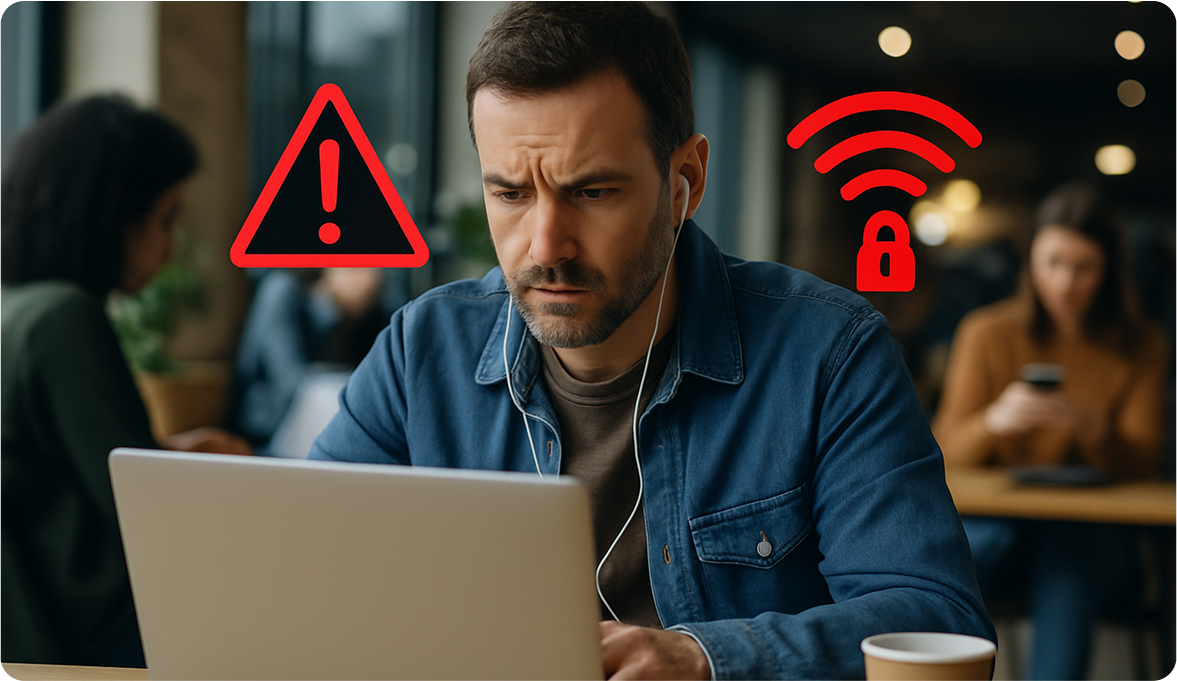
The convenience is undeniable. You’re at a coffee shop, airport, or hotel, and that free public Wi-Fi connection is calling your name. It’s a lifeline to your work emails, social media, and the vast expanse of the internet. But as you sip your latte and connect, a nagging question might cross your mind: Is public Wi-Fi safe?
The short answer is, not as safe as you might think. While incredibly useful, these open networks are a playground for cybercriminals. Understanding the risks is the first step toward improving your public Wi-Fi safety. This guide will break down the dangers and give you actionable steps on how to stay safe on public Wi-Fi.
The Core Problem: Why Public Wi-Fi is Risky
Think of a public Wi-Fi network as a public park. Anyone can enter, and you don’t know who is sitting on the bench next to you. When you connect to an unsecured network, your data travels through the airwaves like a conversation spoken aloud. If someone is listening, they can hear everything.
The primary issue is the lack of encryption. Your home Wi-Fi is protected by a password (WPA2 or WPA3 encryption), which scrambles your data, making it unreadable to outsiders. Most public Wi-Fi networks have no such protection, sending your information “in the clear.” This opens the door to several types of public Wi-Fi hacking.
Common Threats: Public Wi-Fi Hacking Techniques
Hackers use several well-known methods to exploit the insecurities of public networks. Being aware of them can help you recognize and avoid potential threats.
1. Man-in-the-Middle (MitM) Attacks
This is the most common threat on public Wi-Fi. In a MitM attack, a hacker positions themselves between you and the connection point (the router). Instead of communicating directly with the hotspot, you’re unknowingly sending your information through the hacker’s device. They can then intercept, view, and even alter all your unencrypted data, from the websites you visit to the login credentials you enter.
2. Evil Twin Attacks
This is a particularly deceptive form of public Wi-Fi hacking. A hacker sets up a fraudulent Wi-Fi hotspot with a legitimate-sounding name. For example, if the coffee shop’s official network is “TheDailyGrind,” a hacker might create one called “TheDailyGrind_Free_WiFi.” If you connect to the evil twin, the hacker has full control over your connection and can launch a MitM attack, steal your data, or inject malware onto your device.
3. Malware and Snooping Software
Unsecured networks can be used to distribute malware. Hackers can exploit software vulnerabilities to inject malicious code onto your device when you connect. Furthermore, snooping software allows them to monitor your activity, capture keystrokes, and steal sensitive information like credit card numbers and passwords without you ever knowing.
Your Ultimate Guide: How to Stay Safe on Public Wi-Fi
Now for the good news: you don’t have to swear off public networks forever. By taking a few key precautions, you can significantly boost your public Wi-Fi safety and browse with confidence.
1. Use a VPN (Virtual Private Network)
This is the single most effective tool for staying safe. A VPN creates a secure, encrypted “tunnel” for your internet traffic. Even if you’re on an unsecured public network, a VPN scrambles your data, making it completely unreadable to any snoops or hackers. Before you connect to any public Wi-Fi, turn on your VPN. It’s the gold standard for online privacy and security.
2. Verify the Network Name
To avoid falling for an Evil Twin attack, always confirm the official network name with an employee before connecting. Don’t just connect to the one that seems most plausible or has the strongest signal. A few seconds of verification can save you from a major headache.
3. Stick to HTTPS Websites
Modern web browsers help identify secure sites. Look for “https://” at the beginning of the URL and a padlock icon in the address bar. The “S” stands for “secure” and means your connection to that specific website is encrypted. While this protects your data on that site, it doesn’t protect your other device traffic, which is why a VPN is still superior.
4. Turn Off File Sharing
Your devices are often configured for convenience on trusted home or office networks, with file and printer sharing enabled. In a public setting, this is a massive security risk. Before you connect, go into your system’s network settings and turn off all sharing options.
- On Windows: Go to Network and Sharing Center and turn off file and printer sharing for public networks.
- On macOS: Go to System Settings > Sharing and ensure all checkboxes are unticked.
5. “Forget” the Network When You’re Done
Once you’re finished using a public Wi-Fi network, instruct your device to “forget” it. This prevents your smartphone or laptop from automatically re-connecting to that same network the next time you’re in range, protecting you from connecting to potentially malicious networks without your consent.
6. Keep Your Software Updated and Firewall On
Software updates often contain critical security patches that fix vulnerabilities exploited by hackers. Ensure your operating system, web browser, and antivirus software are always up to date. Additionally, make sure your device’s built-in firewall is enabled, as it acts as a barrier against unauthorized network traffic.
The Bottom Line: Be Smart, Not Scared
So, is public Wi-Fi safe? On its own, no. But with the right knowledge and tools, it can be. The key to public Wi-Fi safety isn’t avoiding it entirely but approaching it with a prepared, defensive mindset. By using a VPN, verifying networks, and practicing good digital hygiene, you can enjoy the convenience of public Wi-Fi without sacrificing your personal security.
Related Services
You may also read

What are SEO mistakes and Why Do They Matter? SEO mistakes are critical errors in your website’s optimization strategy that...
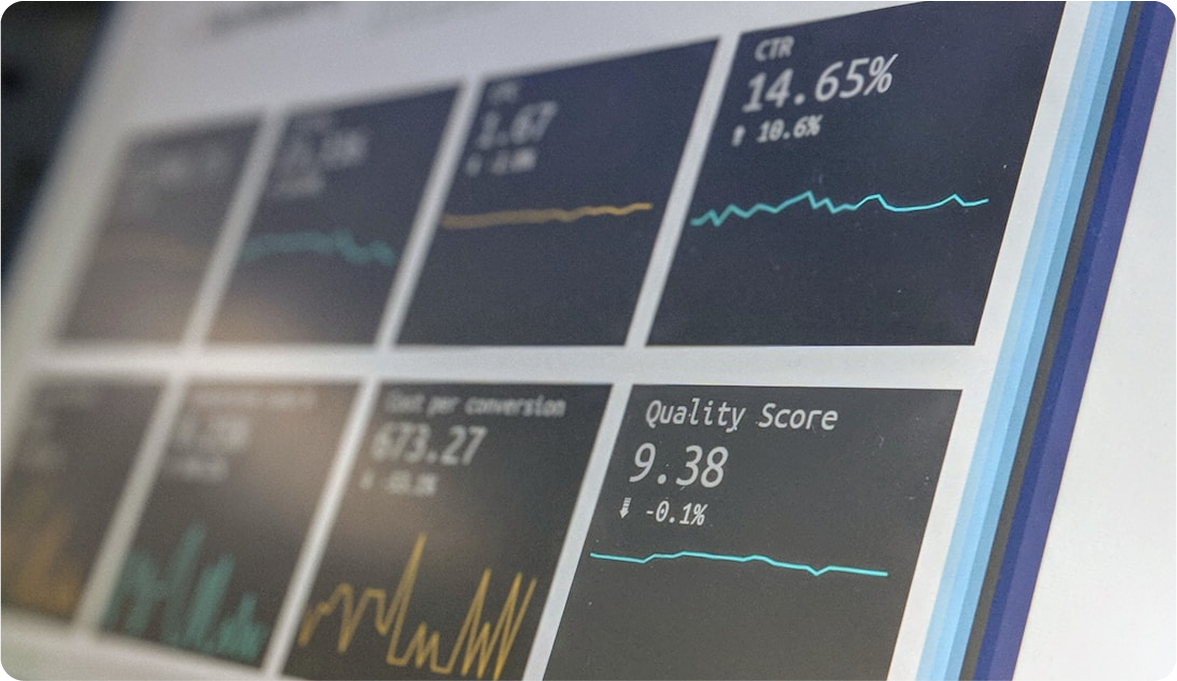
Introduction to AEO What is Answer Engine Optimization? Ever asked Siri a question or looked something up on Google and...
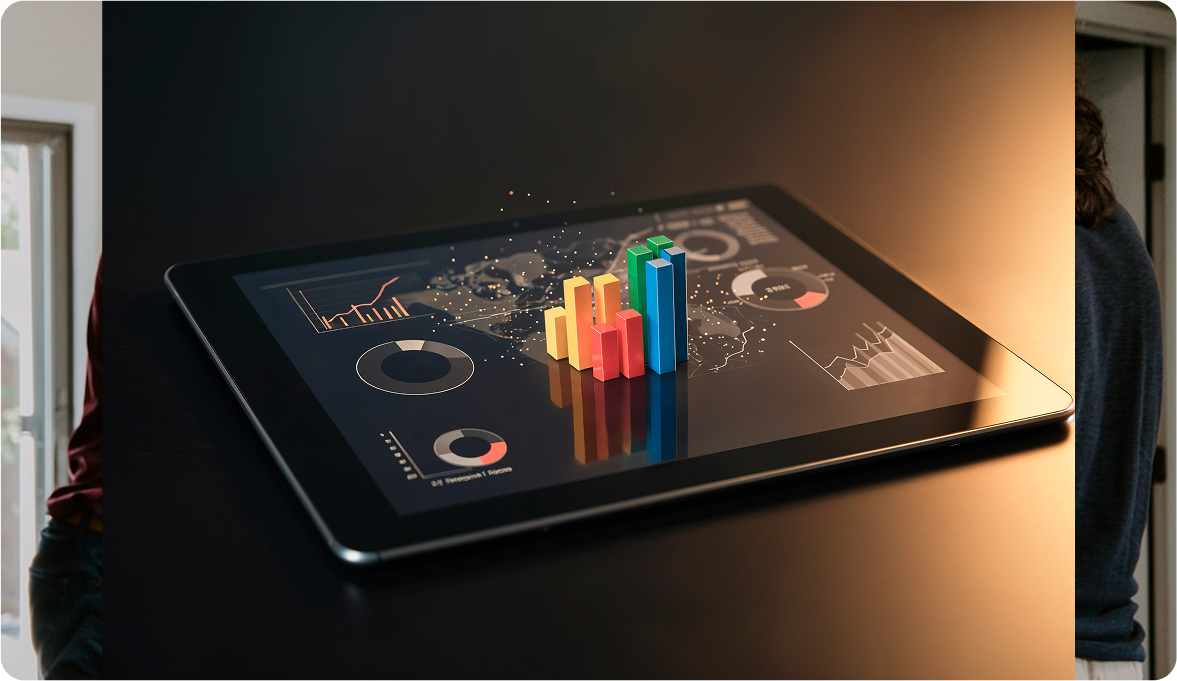
In today’s digital economy, data privacy and security are among the most talked-about issues. Whether you’re scrolling through social media,...
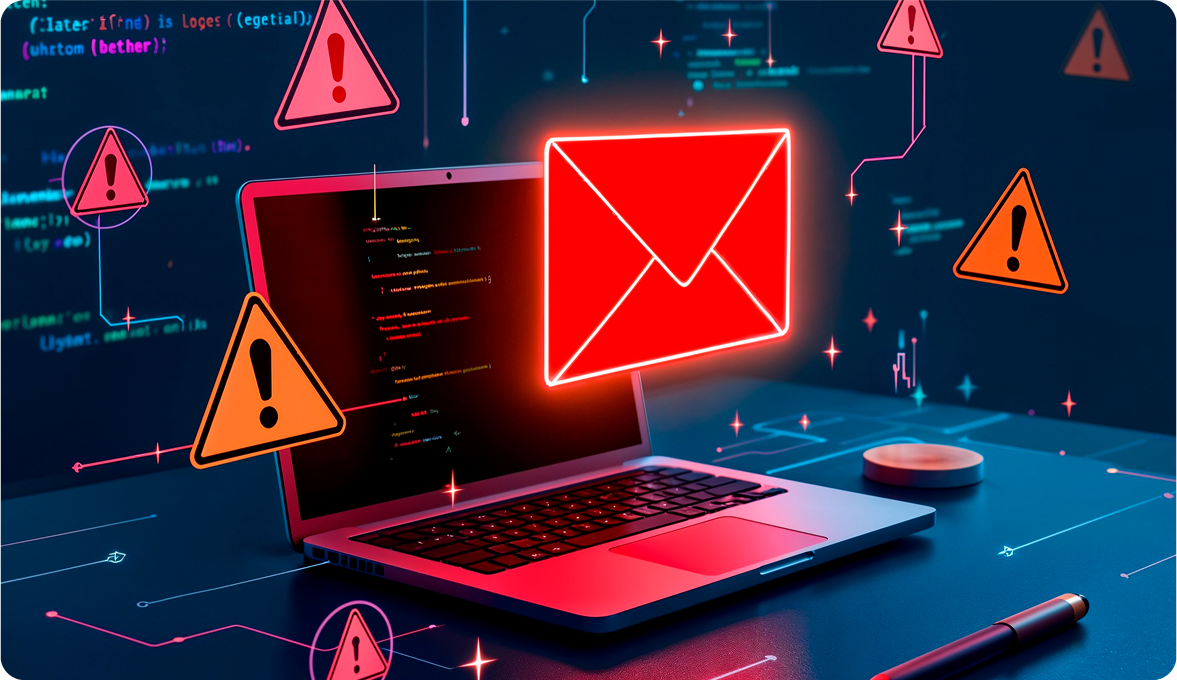
In today’s digitally driven world, cybercriminals are constantly finding new ways to trick people into giving up sensitive information. One...

Introduction to E-E-A-T Google has long emphasized the importance of quality content. Originally framed as E-A-T — Expertise, Authoritativeness, and...
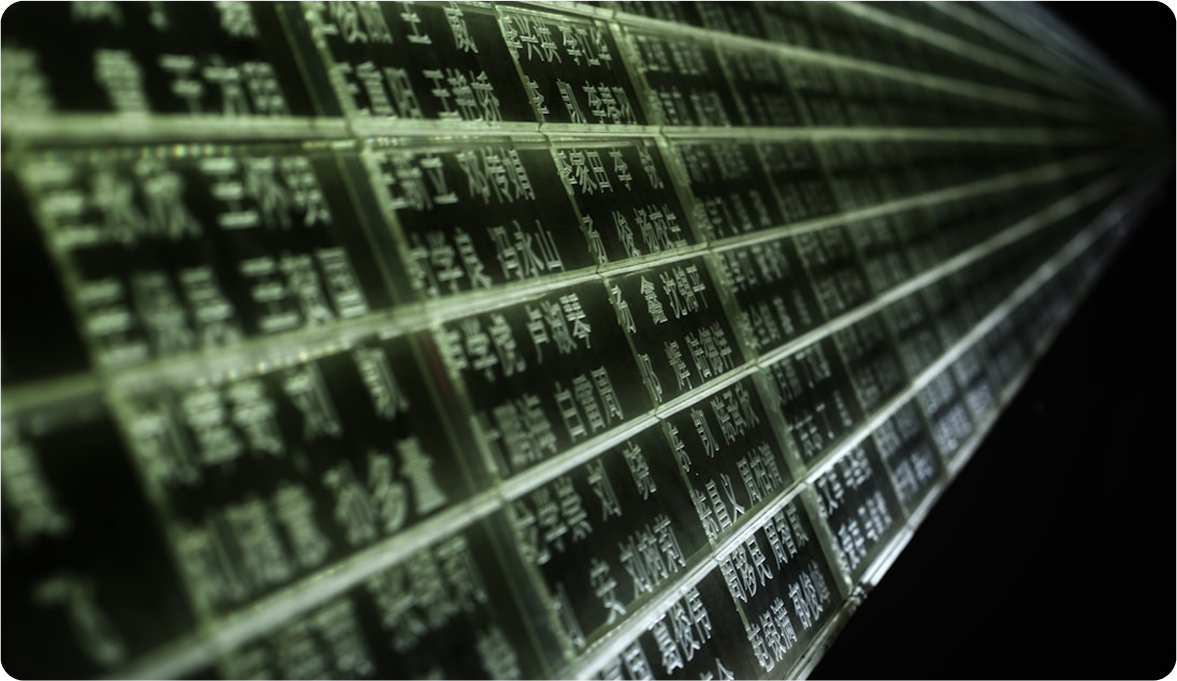
Introduction: Why Structured Data SEO Matters ? In the ever‑changing world of SEO, visibility is everything. If you want your...

Introduction to AI in SEO In 2025, AI in SEO isn’t just a trend—it’s the new standard. Artificial intelligence has...
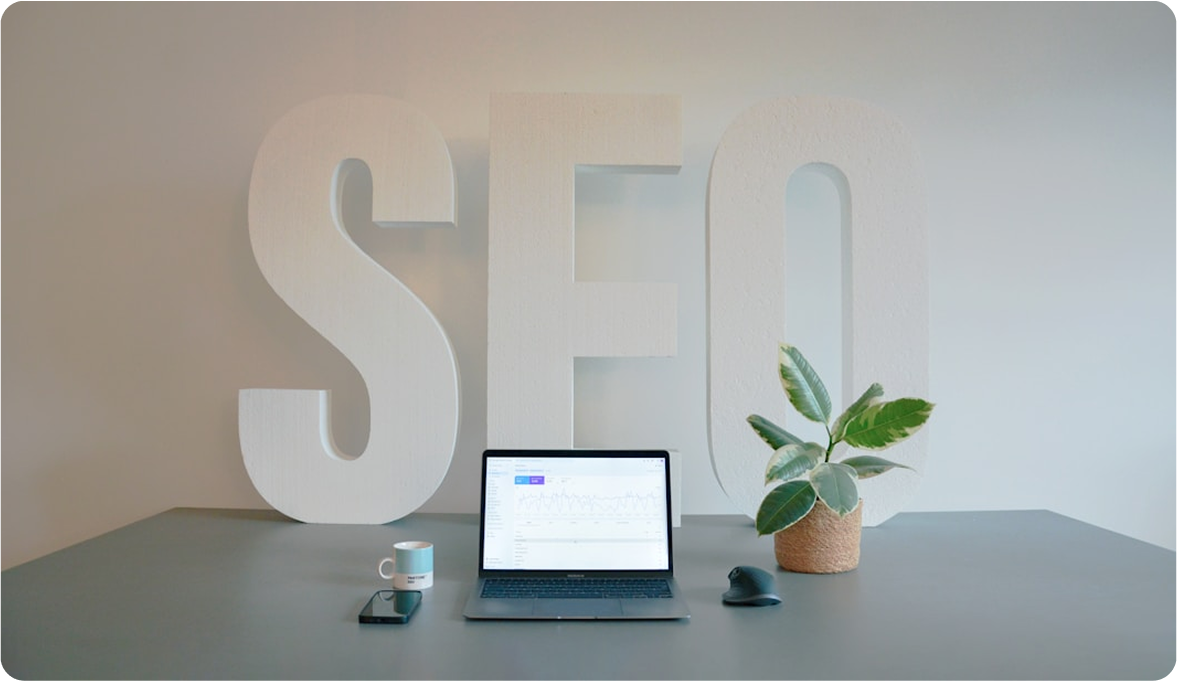
What Is SEO Content Writing? SEO content writing is the strategic process of creating valuable, informative, and engaging content that...
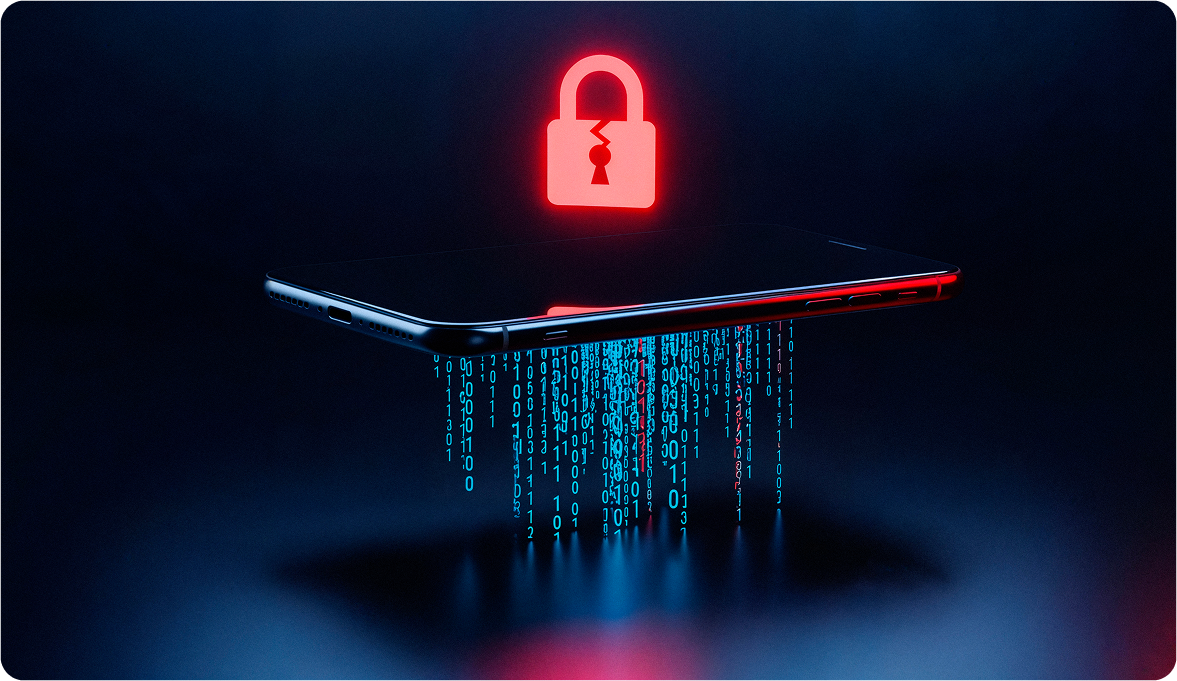
In the digital age, protecting your online accounts is more important than ever. With cyberattacks and data breaches becoming increasingly...
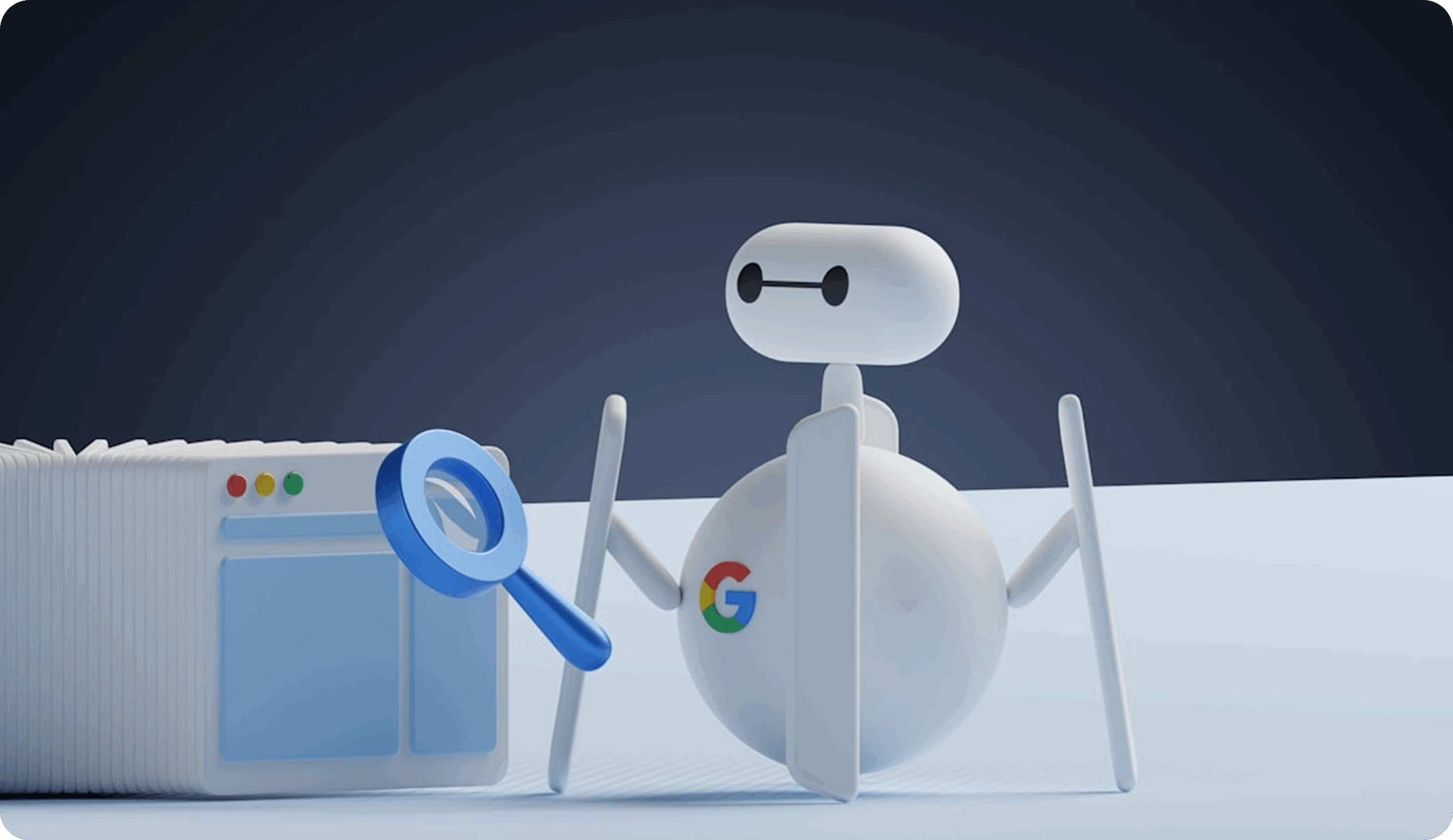
What Is Google’s AI Overview? Google’s AI Overview—formerly known as the Search Generative Experience (SGE)—is a cutting-edge feature that uses...


